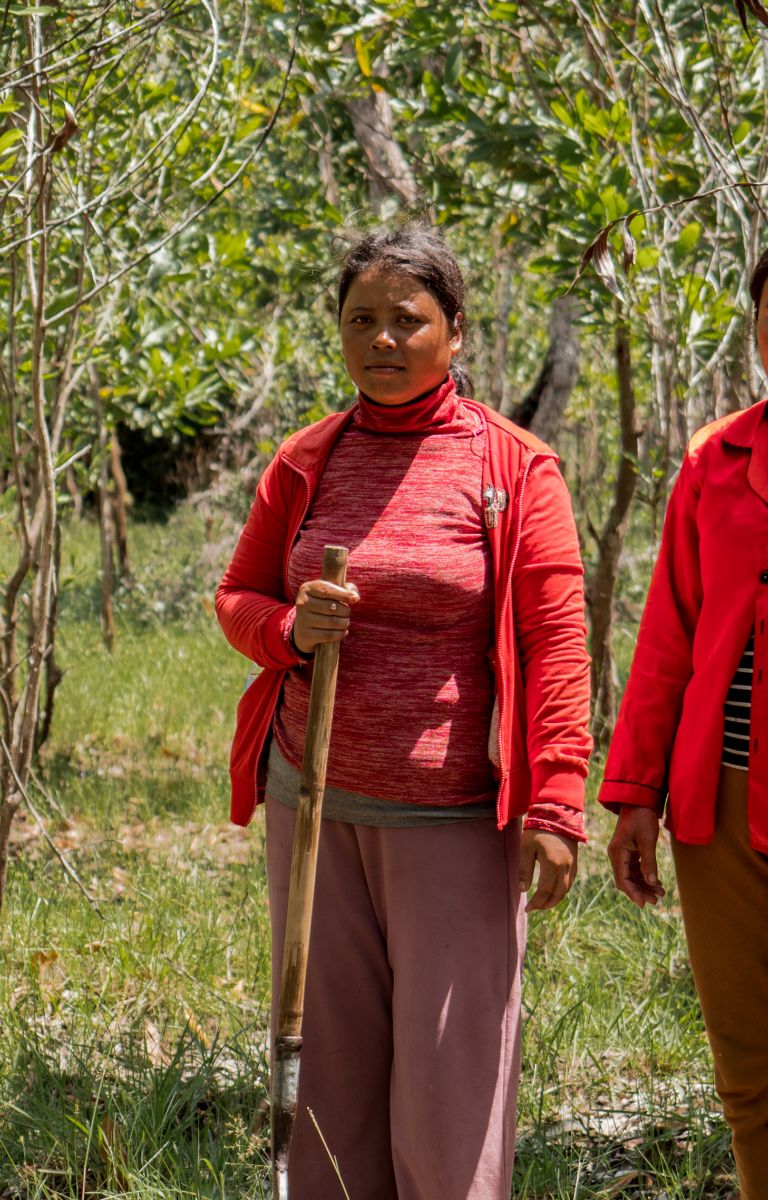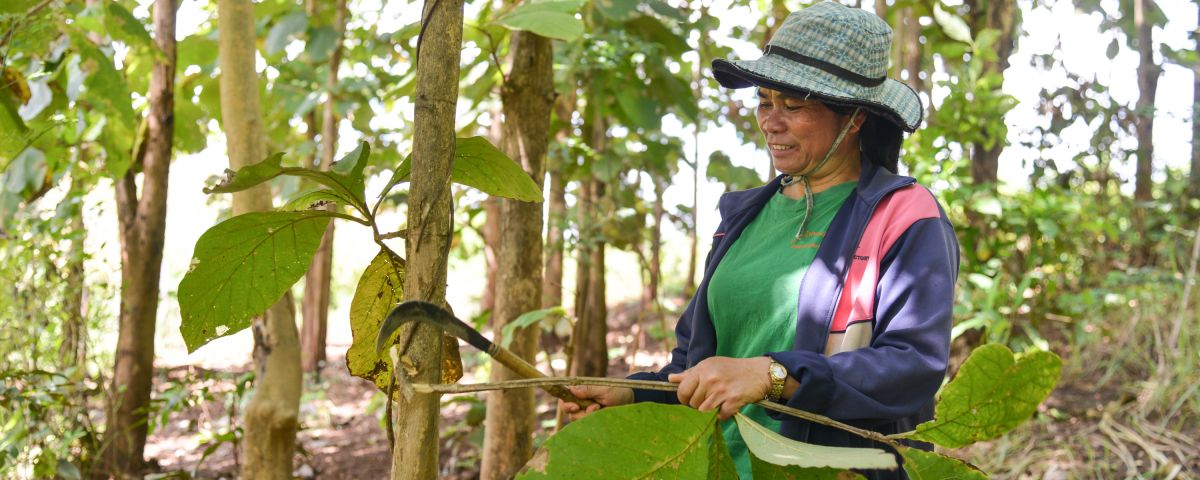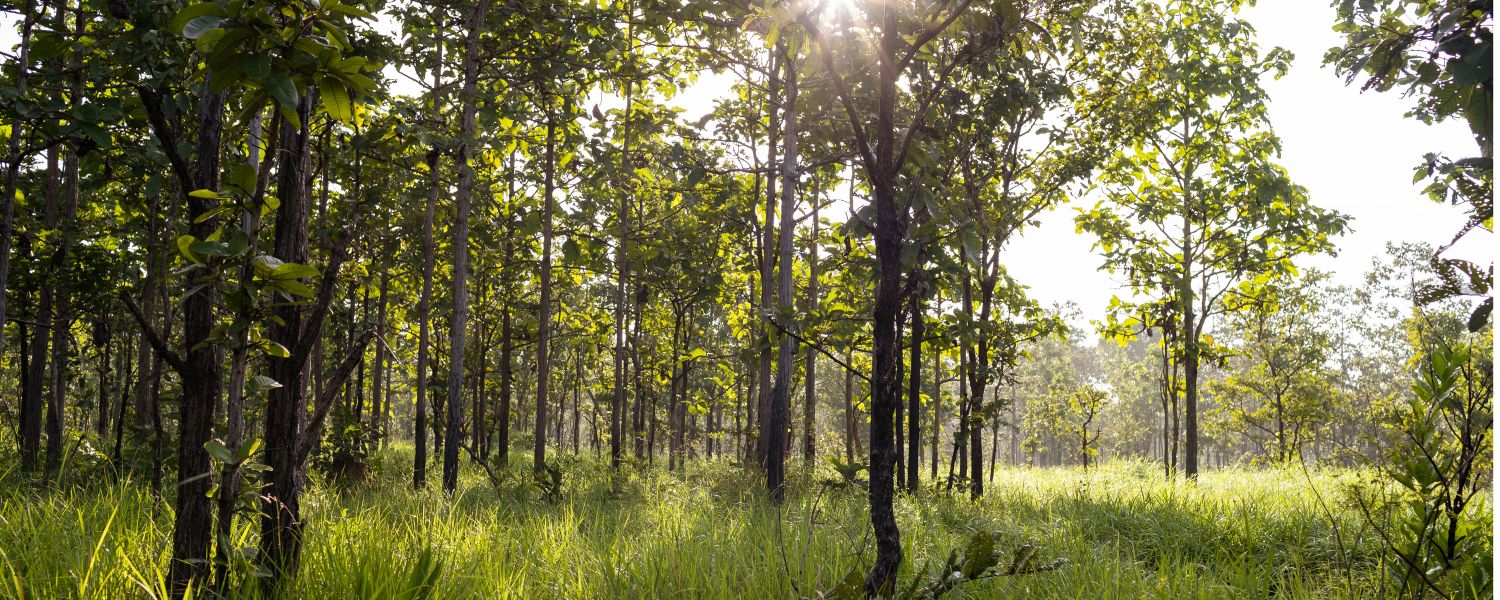

This guide is for forestry practitioners from local communities, governments, the private sector, civil society and academia in Southeast Asia. It explains the fundamentals of forest landscape restoration (FLR) and serves as a starting point for future exploration and design of FLR initiatives.
FLR is a process that people, governments and other groups can undertake to regain ecological functionality and enhance human well-being across deforested or degraded forest landscapes. FLR involves more than just planting trees. It is about restoring a whole landscape to meet present and future needs and to offer multiple benefits and land uses over time.
This guide explores stakeholder mapping and engagement, gender sensitivity, benefit sharing, financing and other aspects of FLR. It includes information for forest practitioners about other tools for learning and practising FLR, as well as further reading.
Understanding FLR can inspire solutions and accelerate contributions to overcoming the global climate crisis. Forests are essential in the fight against climate change. A healthy forest absorbs greenhouse gases and locks in carbon. It also increases resilience to climate change for animals, plants and people living in and around it.

Healthy forests boost agricultural productivity by enhancing pollination, pest control, nutrients and water. On the other hand, deforestation and forest degradation release greenhouse gases, accelerating climate change. Moreover, reduced or degraded forests are more vulnerable to wildfire, soil erosion, flooding, drought and other effects of climate change.
Despite international agreements, forests are cut and degraded at an alarming rate, and restoration is lagging. An estimated 30 percent of the world’s original forested area is gone, and 20 percent is degraded. According to the Food and Agriculture Organization of the United Nations (FAO), Southeast Asia alone lost more than 30 million hectares of forest between 1990 and 2015. This was more than 11 percent of its total forest area.
As forests disappear, so do biodiversity, livelihoods and protection against climate change. The poorest and most vulnerable communities are most at risk of climate-induced natural disasters, food insecurity and migration. However, we all lose: the worldwide cost of forest loss is US$2–5 trillion a year.
The United Nations’ agreements on climate change and biodiversity call for restoration of deforested and degraded forestlands. About 2 billion hectares of land worldwide would benefit from restoration. The 2011 Bonn Challenge aimed to restore 350 million hectares by 2030, a target adopted by the New York Declaration on Forests in 2014. The target was endorsed by Thailand in January 2016 and by Viet Nam in 2014.
International agreements emphasize local communities’ interest in restoring and preserving their forest landscapes. The benefits are both immediate and long-term: improved livelihoods, restored habitats, absorption of greenhouse gases, and greater resilience against the impacts of climate change.
Deforestation and forest degradation are particularly acute in Southeast Asia. Many countries and organizations have implemented forest restoration initiatives that have increased forest cover. Some of these initiatives were put in place to produce timber rather than to restore and conserve ecosystems and their services. These programs were focused largely on the areas within the boundaries of forest reserves. They did not tap the potential of local communities to manage and restore primary and secondary forests, timber plantations, and agricultural and degraded lands.

FLR can help address these gaps. Through FLR, local communities, governments, the private sector, civil society and academia as landscape stakeholders identify, consider and negotiate restoration options and land-use trade-offs transparently. By fostering the participation of many stakeholders, FLR balances social, economic and environmental goals and ensures that costs and benefits are equitably shared. In this way, FLR delivers a wide range of benefits to stakeholders: income, carbon storage, wood, fuel, food, biodiversity conservation and many more.
FLR is particularly important in Southeast Asia, where many tenure issues remain unresolved, resulting in power differences among landscape stakeholders. The effects on local communities that rely on forests for life and livelihoods can be devastating.
Unfortunately, many governments in Southeast Asia have limited capacity. They often don’t have the resources to enforce effectively forest laws to stop illegal logging and address other causes of deforestation and forest degradation such as forest pests and diseases, forest fires and forest conversion to agriculture.
The chapters in this guide are structured around 10 questions. To navigate through the guide, click the hamburger menu in the top left, or use the arrows to the left and right of the screen.
